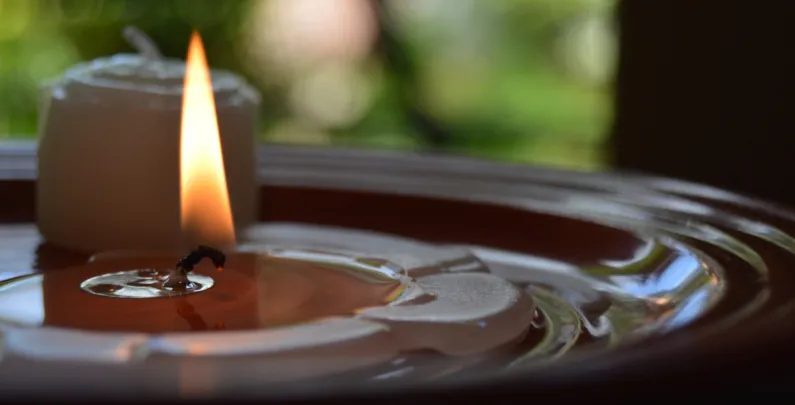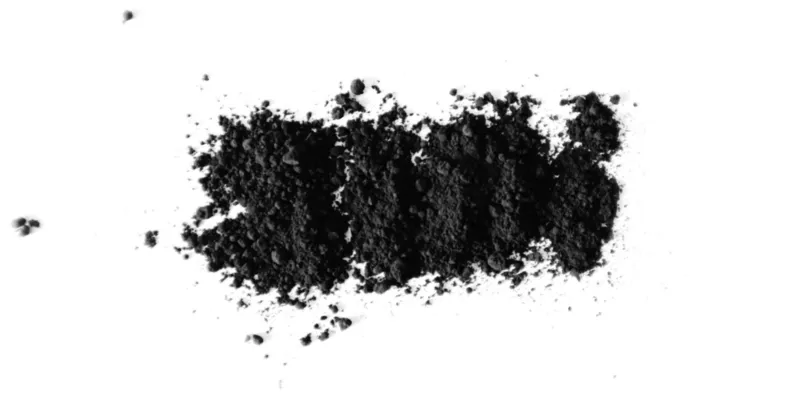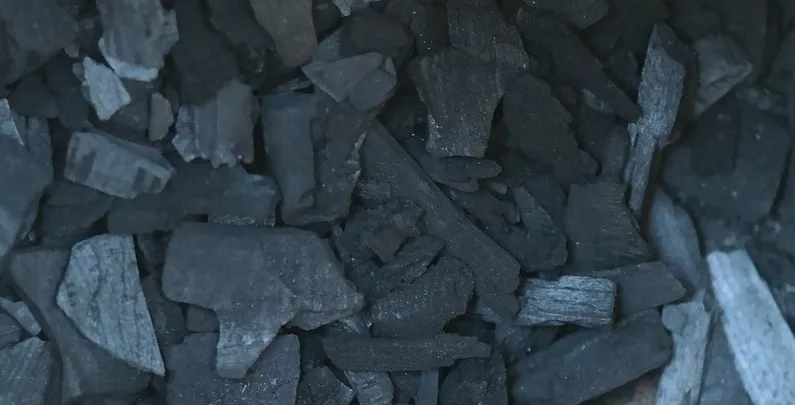Wax Base Preparation
The fuel of the candle is another vital component that directly affects the type of wick needed and the combustion process. Over the years, a variety of substances have been used as the fuel, or wax base, of the candle, and this amount continues to grow.
This leaves a large list to choose from for the candle making and manufacturing process. The cost and ease of production, appearance, scent properties, burning properties, and sustainability are all factors to consider when selecting the wax, or when choosing your candle.
Common waxes for candles include paraffin, stearin, beeswax, and plant waxes palm, carnauba, bayberry and soy. Tallow and gels are also sometimes used.
Paraffin Wax
Paraffin, a byproduct of oil refining, is one of the world’s most commonly used waxes. It is a relatively hard wax that is valued for its colourless or white colour, semi-translucency, and lack of odour. It is mostly composed of a mixture of solid straight-chained, saturated hydrocarbons and comes in a variety of melting points, which means that it can be used for a number of different candle applications.
It is obtained from petroleum in a process known as “dewaxing.” The crude oil is extracted from the barrel and refined, and leaves behind a dark layer of a thick substance known as petroleum wax. This wax is not needed for production of oil and gas, so it goes through further refinement to meet different needs.
The refinement or purification process involves chemical treatments such as bleaching and the separation of the wax into different grades by distillation and/or recrystallization. The degree of refinement and oil content can create different types or grades of paraffin wax, ranging from the crudest versions such as slack wax to the highest grade known as fully refined wax. The exact characteristics, such as melting point and colour, depend on the type of paraffin wax.
Two broad categories of paraffin wax are partially or semi refined wax and fully refined wax. Both semi refined and fully refined wax are used in the candle making process, with oil content ranging between 0.5% and 1.5%. Other forms of paraffin include granulated paraffin wax, liquid paraffin (also known as white oil or mineral oil) and white petroleum jelly.
The bleaching process involves using industrial strength bleach, which has a strength of 100%. This turns the dark wax into white. This bleach also creates dioxins. Dioxins are a diverse group of chlorinated chemicals or compounds that are highly persistent in the environment. They are toxic and have been identified as a likely carcinogen that can interfere with natural processes in the body.
The paraffin wax may also be textured with chemicals such as acrolein and mixed with substances such as animal based stearic acid to harden. Acrolein is an unsaturated aldehyde that is used for the creation of other chemicals, and is also a precursor to some commercial fragrances. Not enough information exists on the full effects of acrolein on the human body, but exposure to it has been shown to result in upper respiratory tract irritation and congestion and can induce DNA damage.
The petroleum by-products and additives of paraffin wax inhibit biodegradability. Crude oil, in which paraffin wax is derived from, is also classified as a nonrenewable resource because it a fossil fuel that does not form or replenish in a short amount of time.
Paraffin wax is more commonly known for its use in candle making, but it also plays a role in making wax paper, drywall, electrical insulators, baby oil, and cosmetics.
In cosmetics, it is used in lipstick, gloss, balm, eyeliner, moisturizer, and mascara to seal in moisture and prevent moisture loss. It is also used in and on food to slow moisture loss and spoilage and make fruits and candy appear shiny and more appealing; in spa treatments and wax for hair removal; and has been used in medical applications such pharmaceuticals and ointments.
Fully refined paraffin wax is certified as “food grade” by the FDA (the Food and Drug Administration), and is approved for use in and on food, cosmetics, and medical applications. However, this doesn’t mean that paraffin wax is safe or healthy.
There is controversy regarding the effects of paraffin wax on our health. The National Candle Association claims that no type of wax has been proven to cause health problems, yet, in 2005, the American Lung Association issued a warning about about the dangers of paraffin. The EPA (the U.S. Environmental Protection Agency) also revealed that paraffin wax candles release small amounts of harmful chemicals when burned, including acetaldehyde, formaldehyde, acrolein, dioxins, furans, and polycyclic aromatic hydrocarbons.
Other toxins, also known carcinogens, that are released are toluene and benzene; the same toxins found in diesel fuel flames.
Anything present in a candle wax mixture has the potential of being broken down and released in the air during the heating and combustion process. The heat of the flame breaks down the structure of the wax, which separates into many different chemicals. This works for all candles. Some of the chemicals that are released are more toxic than others, and change depending on the composition of the wax and the addition of fragrances, dyes, and additives.
In cosmetics, paraffin is considered a possible carcinogen, and has been linked to skin irritation and some types of kidney and renal system cancers. In spa treatments and hair removal, is has been shown to cause skin irritation and allergic reactions in some individuals, and is not recommended for people with hypertension, diabetes or varicose veins because it can hinder circulation and cause abnormal numbing sensations.
Tallow
Tallow is a hard fatty substance made from rendered animal fat and consisting of a mixture of glycerides, including stearic, palmitic, and oleic acids. It is a white and nearly tasteless fat that was once a common inexpensive fuel choice for candles. When other materials, such as paraffin and spermaceti, became more widely available and provided a cleaner, less smoky burn and more pleasant smell, tallow fell out of common use in candle making.
Some tallow candles, made mainly from rendered sheep or beef fat, are still made today, but they can go rancid and still pose the problem of emitting an acrid odour. This can cause irritation in some individuals.
Stearin Wax
Stearin wax is comprised primarily of stearic and palmitic acids. These acids are derived from long-chained saturated fatty acids found in animal fats and vegetable oils. Animal sources of stearin are typically derived from tallow, while plant sources are typically palm stearin derived from coconuts and palm nuts.
Stearin wax comes in a variety of solid or granular forms, and is often mixed with other waxes, particularly paraffin, to act as a hardener, reduce dripping, increase the burning time of the candle, and make it easier for the wax to be removed from the mould, since stearin increases shrinkage in wax candles. Stearin should not be used in latex rubber moulds, since it can rot or eat through them, and stearin candles can only be produced using casting methods.
The process of separating the stearic acid from the animal fat or vegetable oil can involve recrystallization from organic solvents, press, or filtration methods. These may employ the use of chemicals, which, depending on what is used, can be toxic.
In the next blog post in this series, we will look into the popular wax beeswax.










